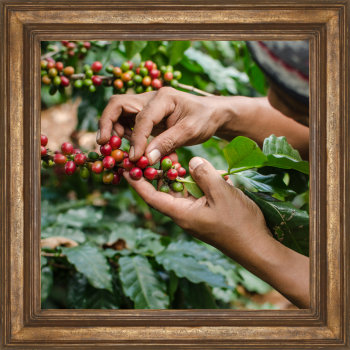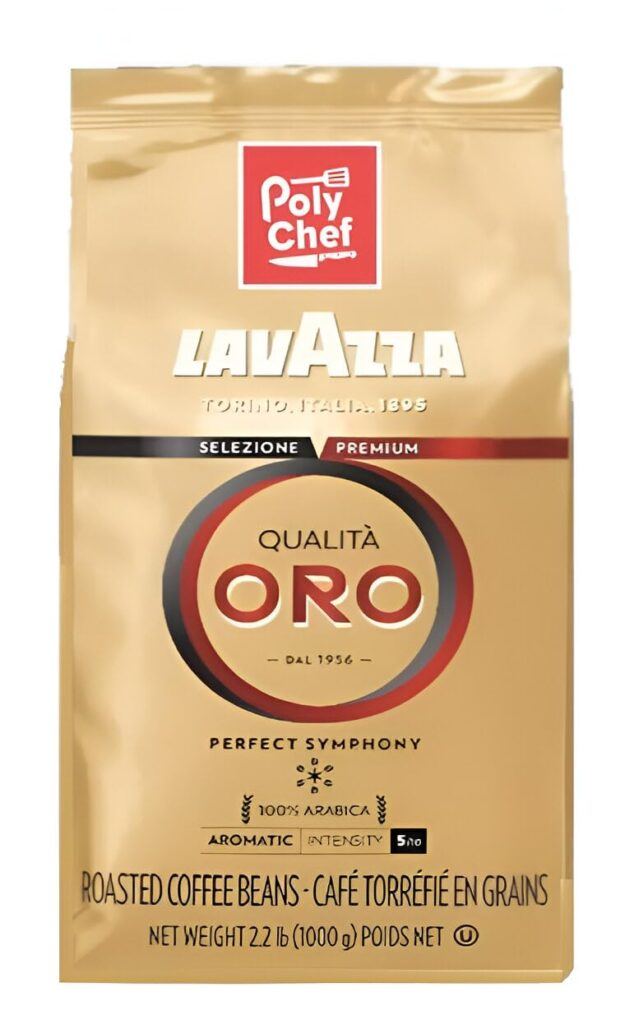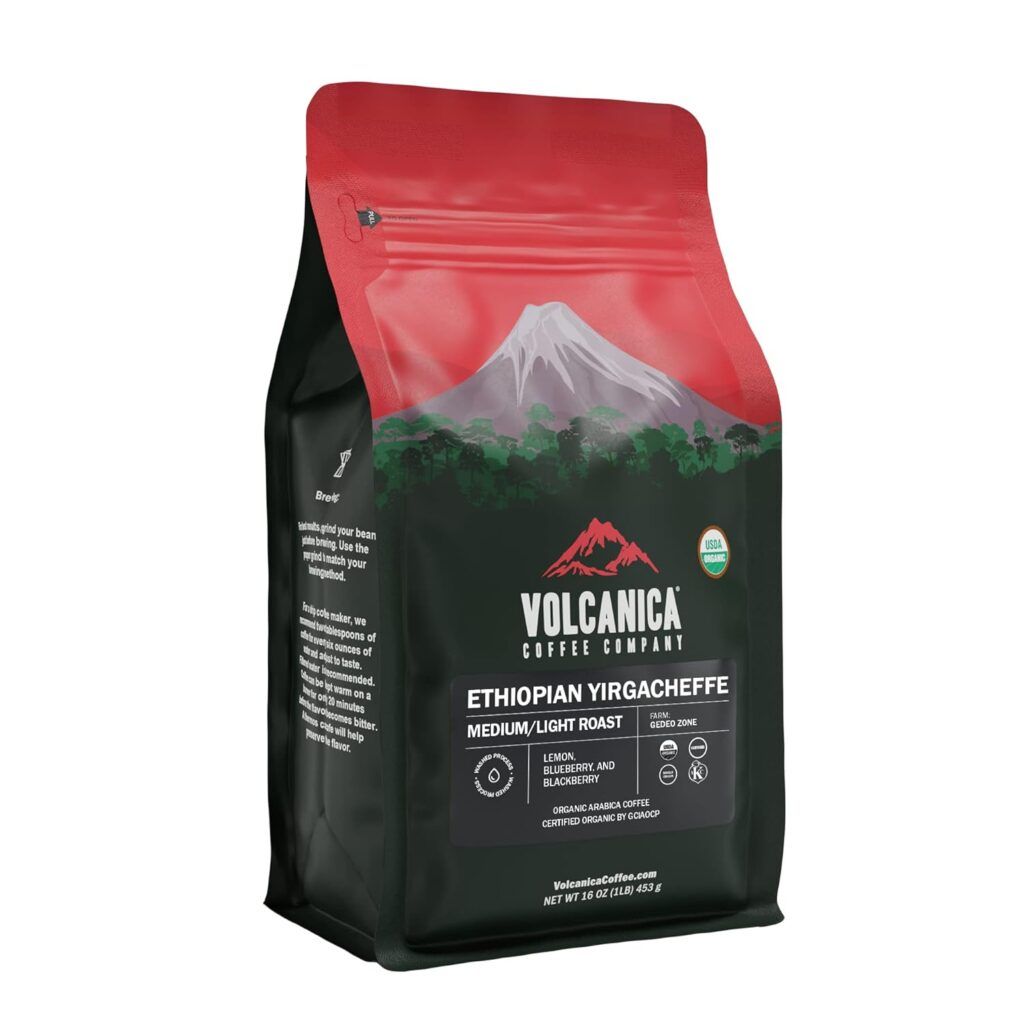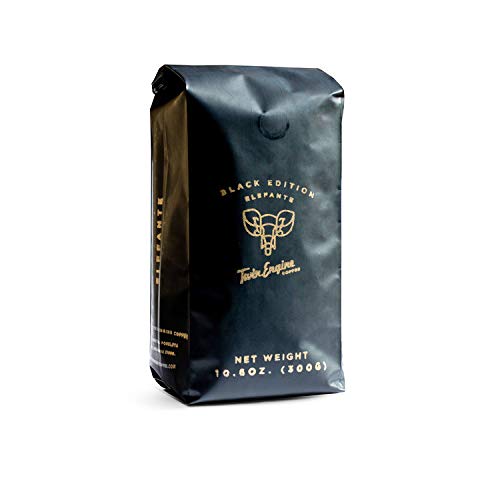If you purchase something from one of our links, we make a small commission. So in essence, you may have just got me a cup of coffee! Thank you! This will in no way have an impact on the price of the item...
In the world of coffee aficionados, Arabica beans reign supreme. Originating from the highlands of Ethiopia, this species of coffee has garnered international fame not just for its smooth, rich flavor, but also for the nuanced tastes influenced by the regions they’re grown in.
When it comes to high-quality Arabica coffee beans, several factors play pivotal roles. Aroma, flavor, acidity, body, and balance are all essential qualities that coffee lovers seek. But there’s something special that sets apart the best of the best: the concept of ‘terroir’. This French term, borrowed from winemaking, refers to the unique combination of factors including soil, climate, and topography that gives coffee its distinctive character.
The influence of terroir on coffee quality can’t be overstated. Arabica coffee plants thrive between the Tropics of Cancer and Capricorn, in an equatorial zone often referred to as the ‘coffee belt’. Here, the interactions between the variegated landscapes, varying microclimates, and the intricate art of coffee farming coalesce, imparting each coffee bean with its own story of place. As we delve into these epicenters of coffee culture, we begin to understand how geography and local expertise shape the sensory profile of what ends up in our cups.
Laying the groundwork for what’s to come, it’s these very bean-bearing lands that we’re going to navigate next. We’ll explore the prestigious Bean Belt and dissect why each origin imparts a signature touch to the Arabica beans grown there—essentially guiding you through the world atlas of coffee with an expert lens. Get ready to embark on a flavorful voyage from the volcanic soils of Central America to the ancient farming practices of Africa.
Exploring the Prestigious Bean Belt: Arabica’s Prime Locations
You’re going to find out about the specific region where the finest Arabica coffee beans thrive. It’s the Coffee Bean Belt, and this is not just a geographic area but also a perfect embodiment of an ideal coffee-growing utopia. The Bean Belt wraps around the globe along the equator, from the Tropics of Cancer to the Tropics of Capricorn.
Now what is so special about this belt? Well, it marries the best of all the coffee-growing worlds. It offers the most conducive environment for growing coffee due to its consistent temperatures, ideal rainfall patterns, and high altitude ranges. These conditions are exactly what Arabica coffee plants love, and they reward us with some of the best beans nature can offer.
In my opinion, knowing your coffee’s origin can heighten your appreciation for every cup. In this section, I’ll talk about the remarkable regions within the Bean Belt. Each locale imprints its signature on the coffee it produces. Whether it’s the volcanic soils of Central America, the high plateaus of East Africa, or the lush mountains of Southeast Asia, these special terrains contribute unique tastes and aromas to the coffee beans.
A lot is happening very quickly in terms of climate change, which makes these traditional growing regions all the more critical. Climate dictates much of the coffee’s character, and slight changes in temperature or precipitation can create ripple effects on the end product. So, choose something that resonates with you – not just for the flavor profile, but also to support sustainable practices that many growers within the Bean Belt are adopting to combat changing climates.
Countries at the Pinnacle of Arabica Production
I’m going to take you through the cradle of coffee and beyond, to discover the countries that have earned their stripes as elite Arabica coffee producers. It’s not just about the altitude and climate; it’s also about centuries of cultivation traditions that shape the world-renowned beans grown in these regions.
First up, Colombia. You can’t talk about top-tier Arabica beans without mentioning this South American coffee powerhouse. What sets Colombian Arabica apart is the perfect combination of high altitude, tropical climate, and the dedication of small-scale coffee growers who meticulously handpick each bean at peak ripeness.
If you want to explore the birthplace of coffee, Ethiopia has to be next on your list. Ethiopian Arabica beans are famous for their diverse flavor profiles, ranging from floral to fruity, each influenced by the unique combination of soil, elevation, and traditional farming practices found in regions such as Sidamo, Yirgacheffe, and Harrar.
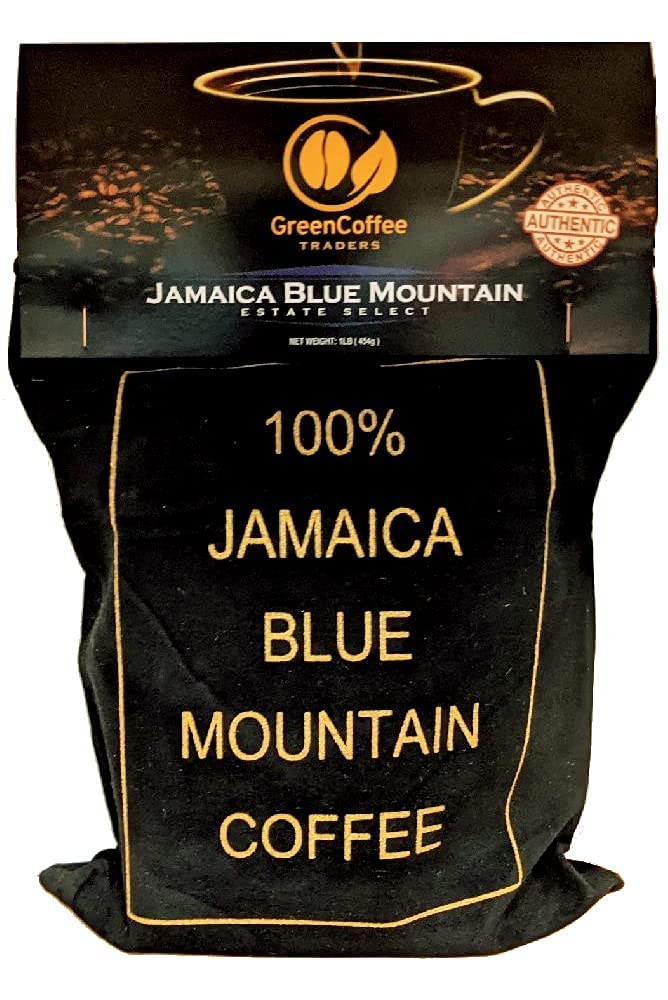
Then there’s Jamaica, home to the coveted Blue Mountain coffee. The Blue Mountains provide a unique microclimate that slows the coffee berry’s maturing process, contributing to a mild flavor and a lack of bitterness that coffee connoisseurs around the world prize. This coffee is rare and often comes with a luxury price tag, but for many, it’s worth every penny.
Each of these countries has contributed to the complex tapestry of Arabica coffee culture, elevating their practices to an art form that’s reflected in the quality of their beans. The personal touch of the farmers, combined with the distinct environmental conditions, makes the Arabica from these regions exceptional.
I’d love to hear your feedback on these remarkable coffee-growing countries, especially if you’ve had the pleasure of tasting their offerings. Your first sip isn’t just a beverage; it’s a passage to the very heart of where these beans were lovingly cultivated. That resonates with both coffee experts and casual drinkers alike.
In the following section, we’ll delve into the Cup of Excellence program, an initiative that recognizes the very best of what these regions have to offer. It’s more than a competition; it’s a gateway to understanding the pinnacle of coffee quality and the hardworking individuals behind each extraordinary cup.
Cup of Excellence: Celebrating the Crème de la Crème of Arabica
The Cup of Excellence is no ordinary trophy. It’s the Oscars of the coffee world, where the finest Arabica producers showcase their work. Imagine each sip of coffee as a judge’s discerning taste test, only awarding the best of the best.
What sets the Cup of Excellence winners apart isn’t just the superior taste of their coffee. These beans tell a story of dedication and craft, woven through generations of family farms and cutting-edge sustainable practices.
You may wonder, ‘How can I get my hands on these exceptional beans?’ The answer is easier than you might think. Look for specialty coffee roasters that feature Cup of Excellence winners, or visit dedicated online marketplaces.
Remember, what you taste in the Cup of Excellence coffees is the culmination of perfect soil, altitude, and climate – along with the farmers’ relentless pursuit of coffee perfection.
So the next time you’re on the hunt for that top-tier Arabica, keep an eye out for the Cup of Excellence seal. It’s your ticket to experiencing the best Arabica beans that our planet has to offer. Trust me; your taste buds will thank you.

Brandyn hails from Minnesota. His passions include, drawing portraits, Researching, Writing, and of course, COFFEE!!! When he’s not drinking coffee, he’s learning how to make his next cup even better. He writes down everything he learns and shares them on his website “ReigningCoffee.com”. If he’s not writing or researching, he’s probably drawing. His goal is to help you enjoy your coffee, even more than you already do.

